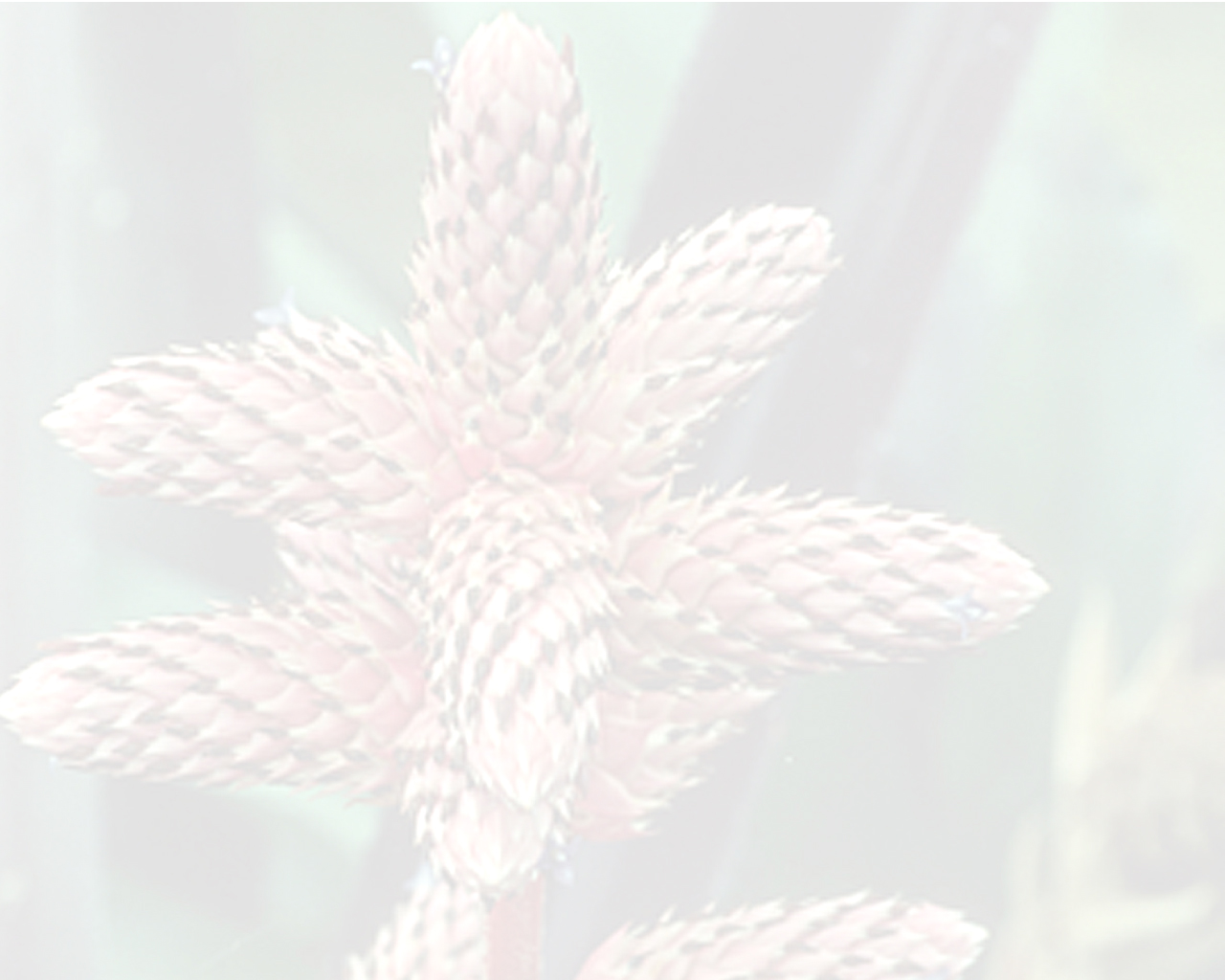


leaves usually over 1 m long; sheath distinct, elliptic, brown, densely punctulate with minute brown scales; blade 10 cm wide, rounded-apiculate, rigid, spinulose with brown teeth 2 mm long, glabrous above, densely pale-lepidote below. inflorescence: peduncle shorter than the leaves, stout, white-floccose but soon becoming glabrous; peduncle bracts exceeding the internodes, elliptic, acute, entire, chartaceous; fertile part densely once-branched with about 9 spikes; axis glabrous, angled, sulcate; primary bracts ovate, entire, shorter than the spikes; spikes erect or ascending, cylindric, about 8 cm long or sometimes twice as much, obtuse or acute, glabrous, the lower ones with short, strongly complanate stalks, the upper ones sessile and digitately glomerate; floral bracts erect, imbricate, broadly ovate, convex, short-mucronate, about 20 mm long, lustrous, prominently nerved near the margins and apex. flowers much-compressed, distinctly exceeding the bracts; sepals lanceolate, asymmetric, short-mucronate, 10 mm long, carinate, acute, rigidly coriaceous; petals linear-lanceolate, acute, 15 mm long, each bearing 2 infundibuliform scales, these much produced upward along the petals; ovules obtuse. fruits scarcely enlarged from the ovary; seeds small, clavate, obscurely striate.Edited from (29-03-2017): Smith & Downs 1979. Bromelioideae (Bromeliaceae) in Flora Neotropica.